In early December 2021, Laos inaugurated the Boten-Vientiane railway, a 414-kilometer (km) electrified high-speed railway that runs between the capital Vientiane and the town of Boten through the Laos-China border of which the railway is built on a single track with passing loops and is electrified to China’s first Class trunk railway standards, suitable for 160 km/h passenger and 120 km/h freight trains, making Laos the first country to connect to the Chinese railway network using Chinese technology. An expectation of this project is, A railway link through Laos would greatly reduce cargo transit times and transportation costs between Laos and China. However, The cost of the railway has contributed to a $480 million increase in Lao debt to the Chinese Export-Import Bank. This has led to concern that Laos could fall into default on its debts.
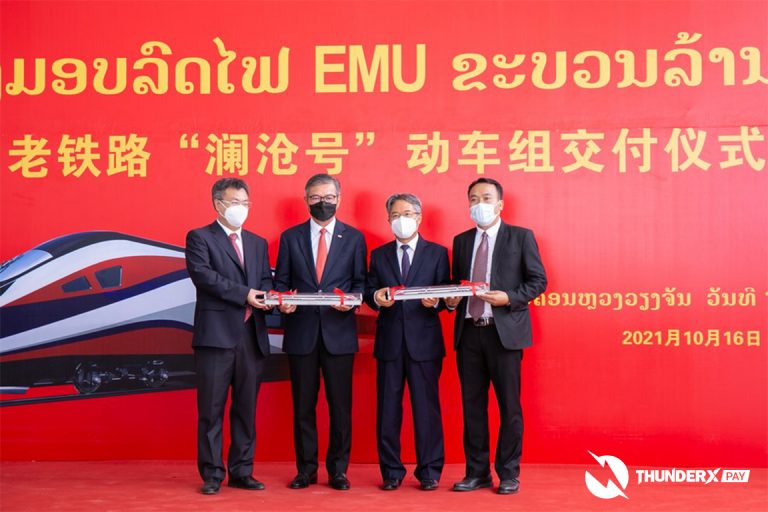
This US$6 billion project (equivalent to one-third of Laos’ GDP) is backed by China as part of its Belt and Road Initiative (BRI) and is a sign of the deepening ties between the two countries. Traveling to the Chinese border now takes less than four hours compared to the 15 hours by car and costs US$33 for a second-class seat. At Boten, the line heads north some 595km before ending in Kunming, the capital of China’s Yunnan province, and could significantly transform connected this landlocked mountainous countries and attract greater foreign investment and tourists. Logistics costs from Vientiane to Kunming are expected to drop by some 40 to 50 percent.
According to Piti Srisangnam mentioned, director of academic affairs at the ASEAN Studies Center at Chulalongkorn University, Thailand, said the railway will affect the region as a whole as it is a door to opportunity in the Great Mekong Sub-Region (GMS) and the Association of Southeast Asian Nations (ASEAN). Mr. Piti said Thailand was able to connect to China via Laos using two routes. The first one is R3A or the Kunman Gonglu Road which connects Kunming via Luang Namtha and Bo Kaeo in Laos to Chiang Rai province.
Transforming Laos into a land-linked country

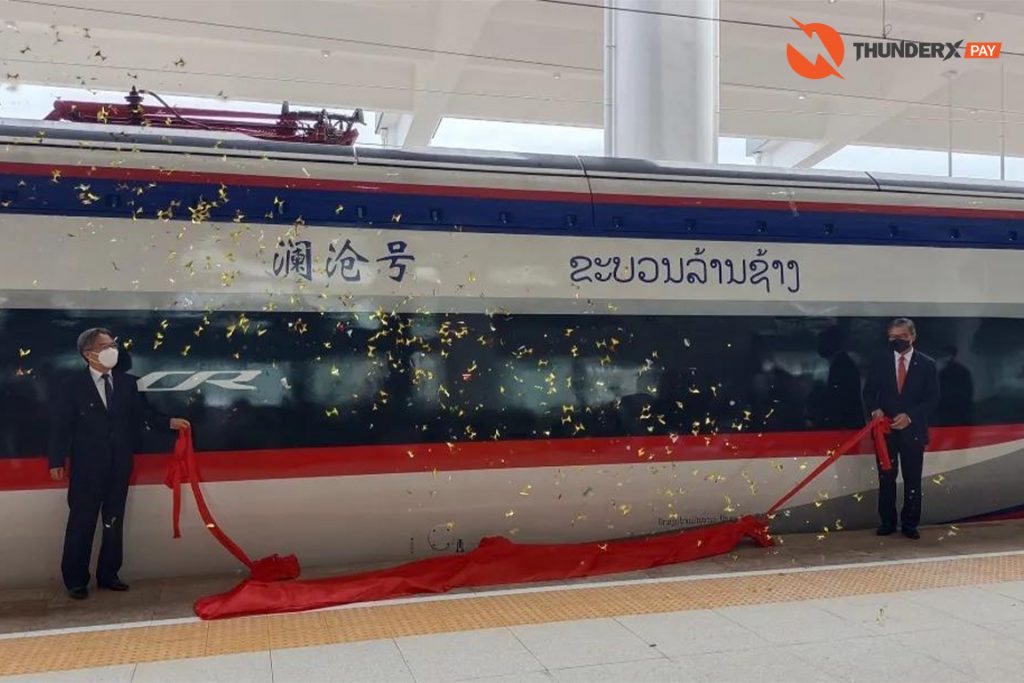

The new railway can transform Laos from a landlocked country that was the least industrialized in ASEAN into a land-linked hub that connects to the wider region. The northern part of the country, where the railway passes through, has been relatively removed from centers of business and commerce. Infrastructure-poor Laos previously had only four kilometers of the railway before the completion of the Boten-Vientiane railway. The advancement of railway technology from China, helps Laos improves transportation which leads to its economic development.
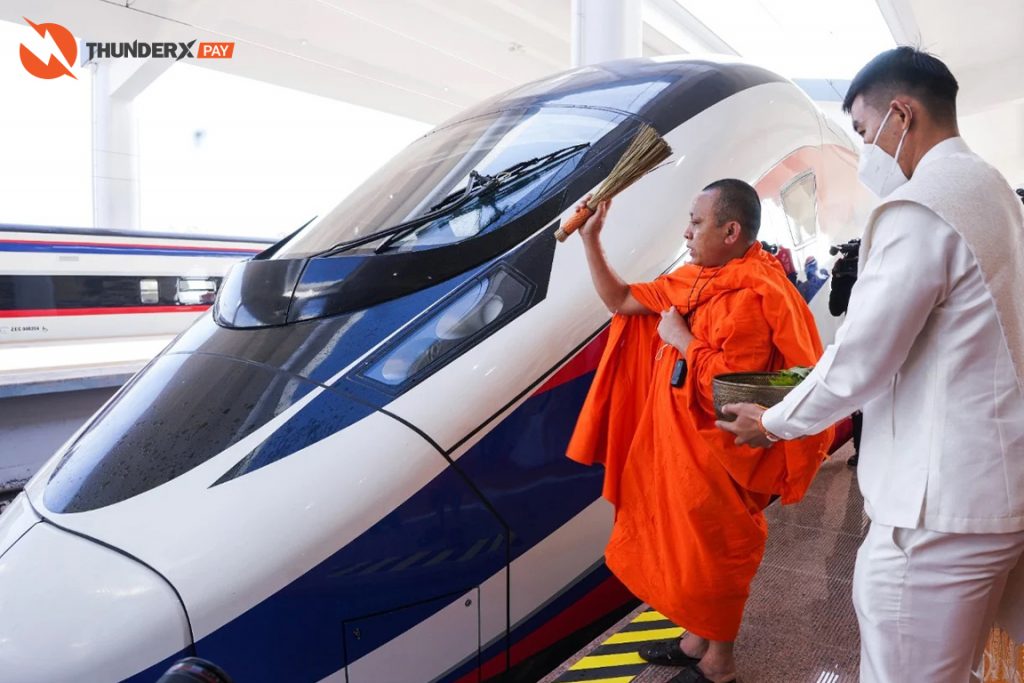
Through improved connectivity, the country can facilitate more trade between provinces, and ASEAN neighbors, as well as with China. Meanwhile, The Boten–Vientiane railway (also known as China-Laos Railway) has transported over 1 million passengers and 500,000 tonnes of cargo since it was launched in December 2021, according to the transport authorities of southwest China’s Yunnan Province. An initial 300,000 containers from Laos will be transported via the railway to Europe from China annually. This is expected to increase to between 1.2 and 1.8 million containers per year.
The majority of China-ASEAN trade (worth more than US$600 billion in 2020) relies mainly on maritime routes with the Laos-China trade representing less than two percent of the total China-ASEAN trade. As such, according to a World Bank report, transit trade through Laos could reach 3.9 million tons by 2030 from 1.6 million tons in 2016 and shift an estimated 1.5 million tons of maritime transport to the railway.
With the pandemic impacting Laos’ economy in 2020 (a decline of 0.4 percent), the railway will also bolster new investments in the country. The government has started the development of Laos’ first-ever integrated logistics facility as it prepares for the shift from sea trade to road and rail. The same World Bank report states that only 2 million tons were transported via Laos from a total of 40 million worth of trade between China, Thailand, Malaysia, and Singapore in 2016. On 4 December 2021, a day after opening the China–Laos railway, the Vientiane Logistics Park, one of a total of nine logistics centers in Laos, was officially opened by Prime Minister Phankham Viphavanh at Thanaleng. Moreover, Laos was attracting between 800,000 to 1 million Chinese tourists annually and this figure could rise by up to 50 percent once international travel resumes.
The new facility will include the expansion of the Thanaleng dry port by end of 2021 and the expansion of the greenfield Vientiane logistics park to be completed by 2030. In addition, the government will build export processing zones around stations and targeted investments in agriculture and tourism could be new export opportunities for the country.
It is up to the local government to boost reforms and develop supporting infrastructure to truly benefit from this improved connectivity together with the southern part of the line will be connected to the Thai province of Nong Khai to the capital Bangkok.
Pan-Asian railway coming to the realization
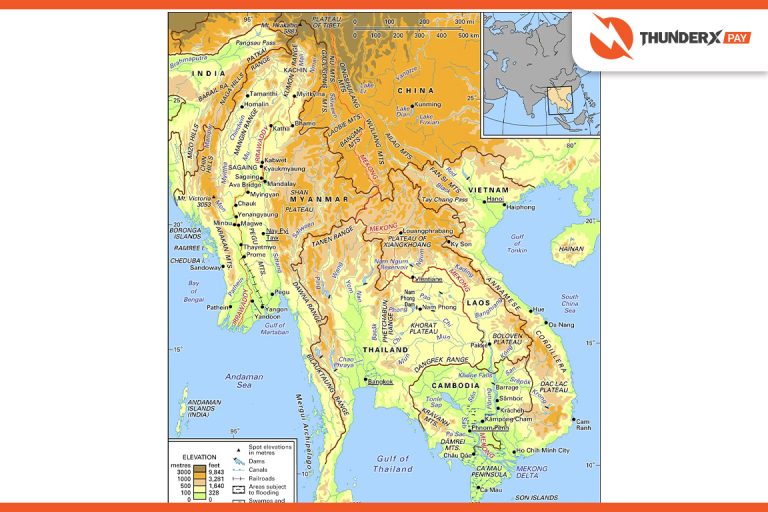
The Boten-Vientiane railway marks a major milestone in the Pan-Asian rail network, which is part of the much grander Trans-Asian Rail network. The Vientiane line is an integral section of the Pan-Asian rail network, which has three routes: the central route from Kunming to Laos and finally Bangkok; the western route which extends through the following;
Eastern Route: Running via China, Vietnam, Cambodia, Thailand, and Malaysia onto Singapore.
Central Route: Running via China, Laos, Thailand, and Malaysia onto Singapore.
Western Route: Running via China, Myanmar, and Malaysia onto Singapore.
However, Malaysia and Thailand have proven to be tough bargaining partners for the project. Malaysia initially froze construction in 2018 but continued one year later after China reduced the original price tag of US$20 billion by one-third. In Thailand, after more than 30 rounds of negotiations, the government has only approved the construction of less than one-third of the line from its border with Laos to Bangkok, although this is expected to be speeded up.
The challenge of the Pan-Asian railway
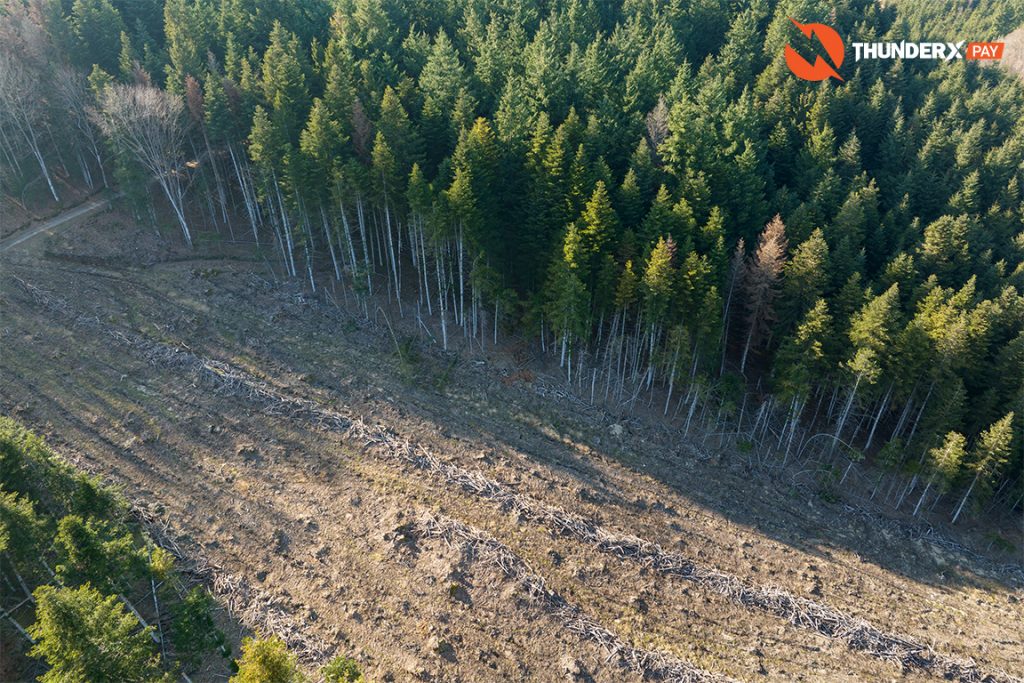
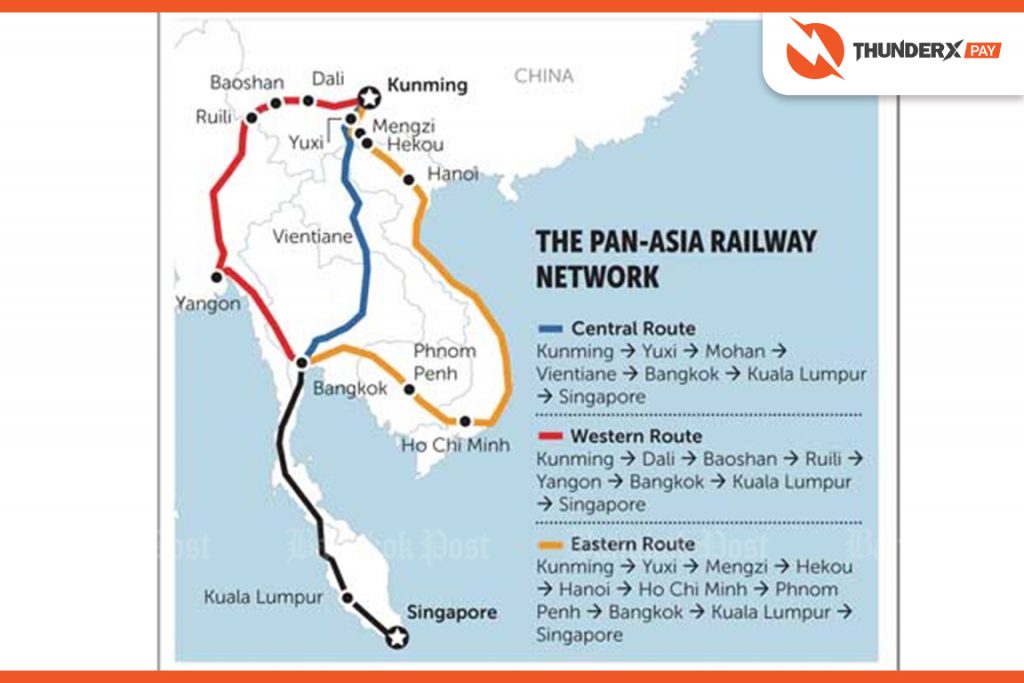
The creation of a continuous Kumming to Singapore route is an ongoing process. From the map above it looks as though the network is nearly complete with only a few relatively short stretches of the railway line to build. However, the reality is that there remain a number of difficult challenges ahead:
Challenging Landscape: The sections of the route to be completed between Thailand and Myanmar, and Laos and China, are mountainous, and building a railway track will involve the construction of several hundred bridges and tunnels, not to mention clearance of an undetermined number of unexploded bombs in Laos (dropped by the Americans around the time of the Vietnam War).
Different Railway Gauges: In Thailand and Malaysia railways run on a 1-meter gauge. However, in some parts of China, and in Vietnam, and Laos, the trains run on the standard gauge track of 1.435 meters. Until remedied this means the same trains can’t do the whole journey and passengers and goods will need to be transferred between rolling stock adding delays and additional costs.
Condition of the Existing Track: In Thailand, Vietnam, Malaysia, and Cambodia much of the existing track will not allow the use of high-speed trains, partly because the track is in a poor condition and partly because it is a single track making progress of the train at times very slow. In Cambodia, the situation is even worse with much of the existing track built by the French colonial authority having been out of use for decades, although part of the line has recently been brought back into service.
Environmental and Social Concerns: In Laos and Myanmar the creation of the new railway track has been opposed by ethnic groups along the route who are concerned about the effect it will have on their way of life and the land on which they farm and live. Addressing these concerns is going to be as challenging as building the new track itself.
Once completed, travelers from Portugal could technically travel to Singapore by rail in just 21 days, stopping in connections in Paris, Moscow, Beijing, and Bangkok. Ultimately, the Pan-Asian railway will bring new trade linkages to the ASEAN trade bloc and the wider Asia-Pacific region, which is timely as the Regional Comprehensive Economic Partnership ((RCEP) – the world’s largest-ever free trade agreement – is set to be ratified for most members in 2022. All ASEAN states are signatories to the RCEP.
According to complying of Mr. Piti, As a result, trade is expected to be the main beneficiary. However, He said there was no need to wait for the state to build a Bangkok-Nong Khai standard gauge, as containers could be delivered to Vientiane using the existing narrow gauge.

Published 01/08/2022
By Ashley Jones

